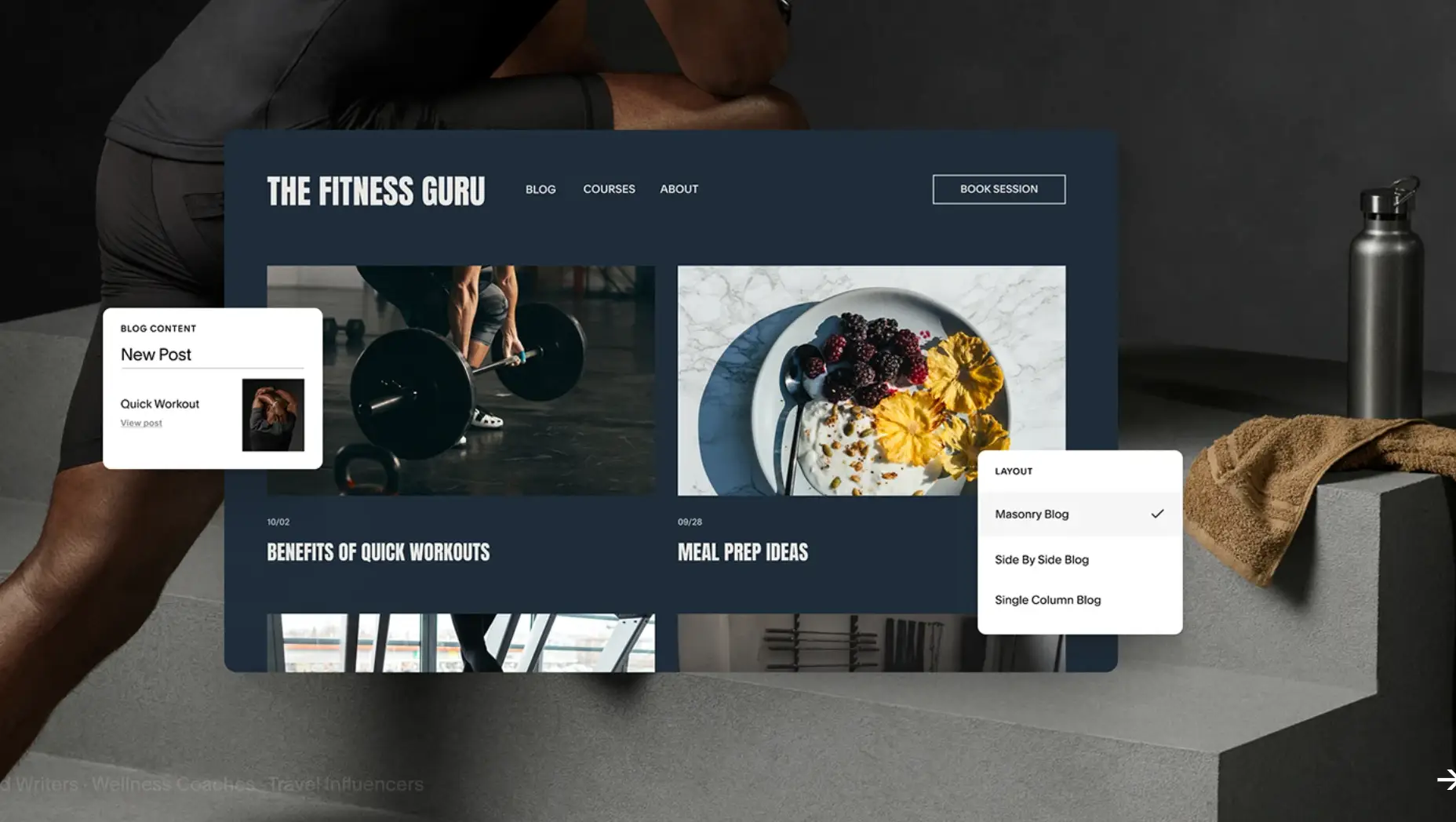Competing with AI: SEO Strategies for the New Google
Updated on
Published on

Google now blends AI answers, classic web results, and social-style perspectives. To keep winning, your plan must connect research & strategy, content SEO, website audit, and website development into one system that’s fast, understandable, and easy for Google to reuse. Below is a practical playbook for competing with AI—grounded in Google’s own documentation and current web standards.
At a Glance
AI answers now sit above classic results, and Google cites pages it trusts and understands. Here’s the fast plan for competing with AI with solid SEO Strategies for the New Google:
- AI Overviews are live: Write short, quotable answers up top and support claims with primary sources.
- Helpfulness is a ranking habit: People-first content is embedded in core systems—be clear, specific, and verifiable.
- Entities beat loose keywords: Build topic hubs with internal links and schema so Google sees relationships.
- Markup unlocks surfaces: Add FAQPage/HowTo/Product/VideoObject/Organization+Logo where it reflects on-page content.
Show your receipts: Add authors, bios, last-updated dates, and inline citations to boost credibility. - Links still matter—safely: Earn relevant editorial mentions; avoid schemes that trip spam systems.
1) Read the new results: AI Overviews, web links, and Perspectives
AI Overviews can appear above classic results, with citations to sources Google trusts and understands. “Perspectives” and other modules widen the surface area for credible, first-hand voices. Knowing where and how your topic is answered tells you what to build next—short, quotable blocks for AI; deeper guides for classic SERP; community angles for perspectives (The Keyword).
- Map 10–20 priority queries and screenshot the modules that appear (AI, video, forums, news).
- Note which pages are cited inside AI Overviews and which formats win (FAQ, list, how-to).
2) Content SEO for AI answers: speak plainly, cite clearly
If you need a straightforward answer on how to compete with AI, it is all about creating content that competes with AI. AI Overviews favor pages that answer the question directly, with specific, verifiable details and clean structure. Use clear headings, one-sentence takeaways, short steps, and on-page citations to primary sources; Google’s guidance still centers on helpful, reliable, people-first content (Google Search Central).
- Start each article with a 2–4 sentence answer box, then elaborate below.
- Add inline links to standards, laws, or original research so your claims are easy to reuse.

3) Research & strategy: build around entities, not just keywords
Google understands topics as entities (people, places, products) tied together with relationships. Plan content hubs that cover the core entity and its subtopics, then use internal links and schema to show those connections. This improves disambiguation and eligibility for rich displays (Search Central structured data overview).
- Create a hub page + 6–12 spokes for each revenue topic; link both ways with descriptive anchors.
- Add a concise glossary/FAQ per hub to clarify terms AI might summarize.
4) Website Audit: fix indexability, speed, and stability first
Before publishing more content SEO, remove technical friction. Check index coverage, canonicals, robots rules, and 404s in Search Console; then raise Core Web Vitals with image, script, and template fixes. INP ≤ 200 ms, LCP ≤ 2.5 s, CLS ≤ 0.1 are the “good” thresholds (Search Console, web.dev CWV).
- Run a crawl, export non-indexable/high-value URLs, and fix the top 10 causes.
- Preload your hero image, defer non-critical JS, and size images responsively (srcset).
5) Website development: production rules for speed and clarity
Modern formats (WebP/AVIF), HTTP/2+ delivery, critical CSS, and lean JS are table stakes for the new Google. Use semantic HTML, proper headings, and ARIA only when needed so both users and crawlers parse your meaning quickly (web.dev performance, Search Central SEO starter guide).
- Ship a performance budget (max KB for images, scripts, CSS) per template.
- Add width/height or aspect-ratio to images to prevent layout shifts (CLS).

6) Structured data: teach machines what the page means
Schema doesn’t guarantee rankings, but it helps AI and classic search understand your page and unlock rich results (logos, products, videos, FAQs, how-tos). Use only markup that reflects visible content and validate before release (Search Central structured data).
- Prioritize Product, Article/NewsArticle, FAQPage, HowTo, VideoObject, and Organization/Logo where relevant.
- Validate with Rich Results Test; fix warnings and keep markup in sync with the page.
7) Credibility signals: authors, sourcing, and transparency
Google’s guidance emphasizes experience, expertise, and accountability. Show author names, bios, primary sourcing, last-updated dates, and contact or editorial policies—especially on YMYL topics. This helps both users and systems assess reliability (Search Central “Creating helpful content”).
- Add an author box with qualifications and a link to a full profile page.
- Cite primary sources (laws, manuals, docs) inline; avoid thin “best practices” with no attribution.
8) Links and mentions: quality over schemes
Links still convey reputation, but manipulative tactics trigger spam systems. Focus on earning links from relevant coverage, partners, and useful tools; avoid paid placements that violate policy. Review Google’s spam policies before any outreach push (Search Central spam policies).
- Pitch original data, checklists, or calculators that editors genuinely need.
- Add brand/author profiles on high-quality directories and associations you truly belong to
- Work with AI-driven SEO agencies that earn links built for how LLMs assess authority, not just Google,
9) Responsible automation: scale without going thin
AI-assisted creation is allowed when it’s helpful and accurate; what fails is mass-produced, unreviewed, or unoriginal content. Use models for outlines, tables, and QA, but keep humans for research, claims, and examples. Google evaluates content by value, not production method (Search Central on AI content).
- Set an editorial checklist: human fact-check, source links, and originality scan.
- Don’t index programmatic pages until they meet quality and internal-linking standards.

10) Images and video: win the “answer in motion”
AI and users both love clear diagrams, step photos, and short explainers. Compress assets, add alt text and transcripts, and mark up videos for eligibility in video features. Fast, understandable media boosts both CWV and reuse in AI modules.
- Produce a 60–90s summary video for your major pages and embed high on the page.
- Export images as WebP, add descriptive filenames and alt text that answer “what is this showing?”
11) Local and product edges: surface where money happens
If you operate locally, complete and keep updating your Google Business Profile; relevance, distance, and prominence drive local visibility. For products, use high-quality images, price/availability, and Product schema to qualify for rich results.
- Keep Name, Address, and Phone consistent, add categories/services, and respond to reviews weekly.
- Sync product feeds (Merchant Center) and ensure product pages have visible price and shipping.
12) Measure what AI changes—and what still works
Track impressions, clicks, and positions in Search Console; annotate when pages get cited in AI Overviews (you can often infer from traffic and query shifts). Pair SEO with business metrics—leads, sales, qualified demos—so wins survive algorithm chatter (Search Console).
- Build a refresh calendar for pages losing clicks or slipping from top 3.
- Create a “query class” dashboard (how-to, vs, pricing, near me) and watch which classes gain AI modules.

FAQ
What are the top SEO Strategies for the New Google?
Answer clearly, mark up content, speed up pages (INP/LCP/CLS), and prove credibility with authors and sources.
How do I start competing with AI today?
Create quotable answer boxes, add schema, compress images, and fix indexing issues in Search Console.
Where do content SEO and research & strategy fit?
Plan around topics/entities, then publish people-first guides with on-page citations and internal links.
What should a website Audit include now?
Index coverage, Core Web Vitals, structured data validation, internal links, and duplicate/canonical fixes.
How does website development impact SEO?
Efficient images/JS/CSS, semantic HTML, and stable layouts make pages faster and easier for Google to use.
Compete and Win
Competing with AI isn’t a trick; it’s about building pages that are fast, credible, and easy to reuse. Tie research & strategy to content SEO, confirm the basics in a regular website audit, and keep website development lean and accessible. Do that, and you’ll show up in classic results—and give Google’s AI every reason to point back to you.







